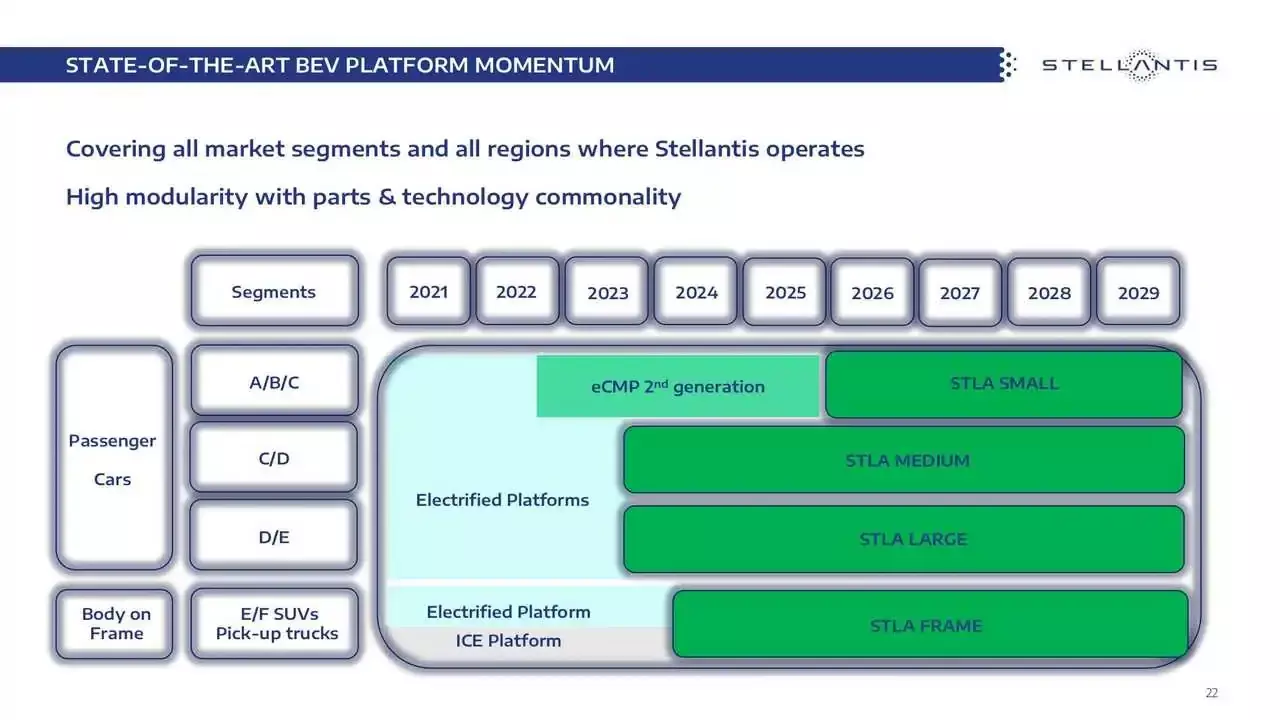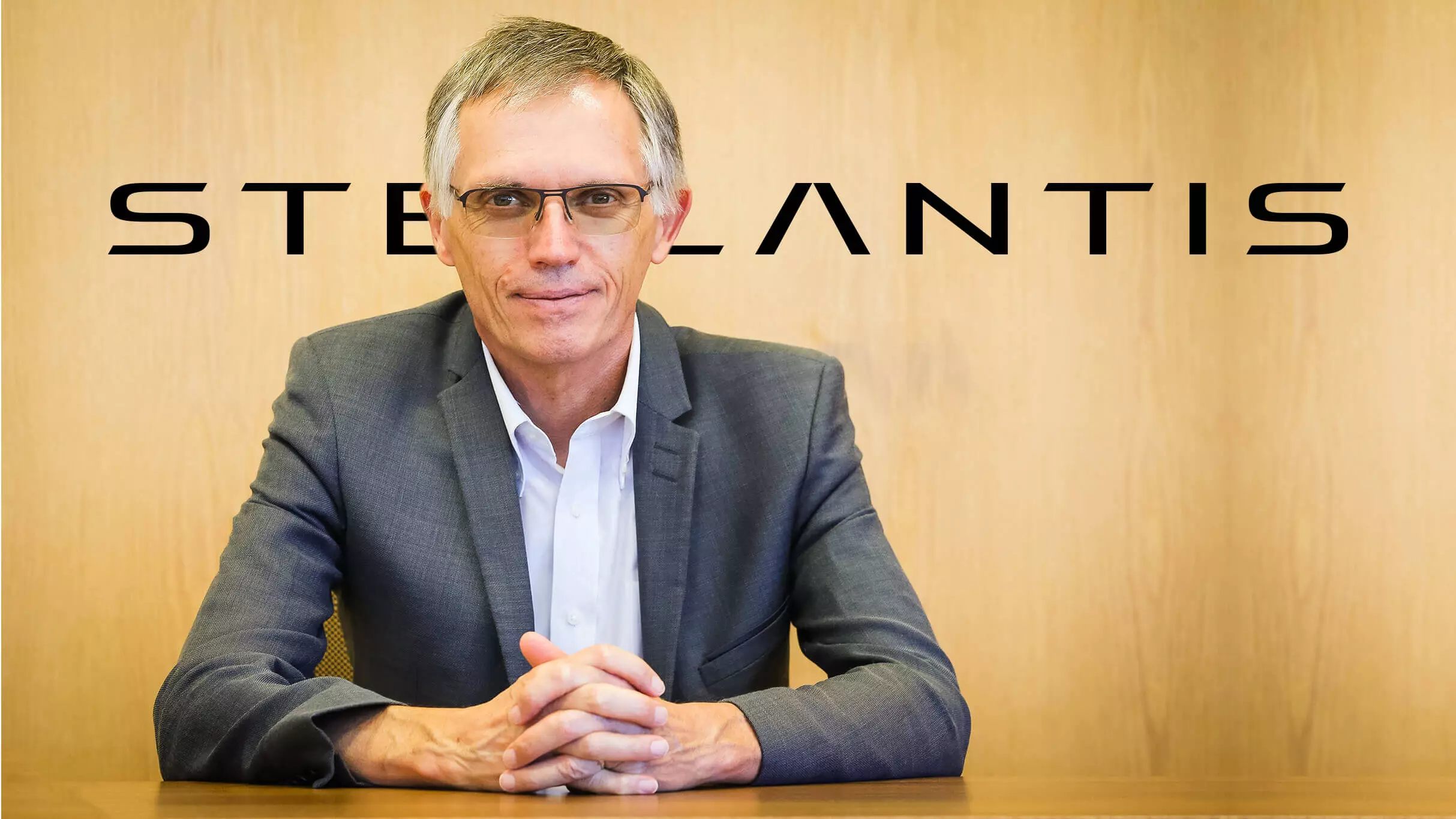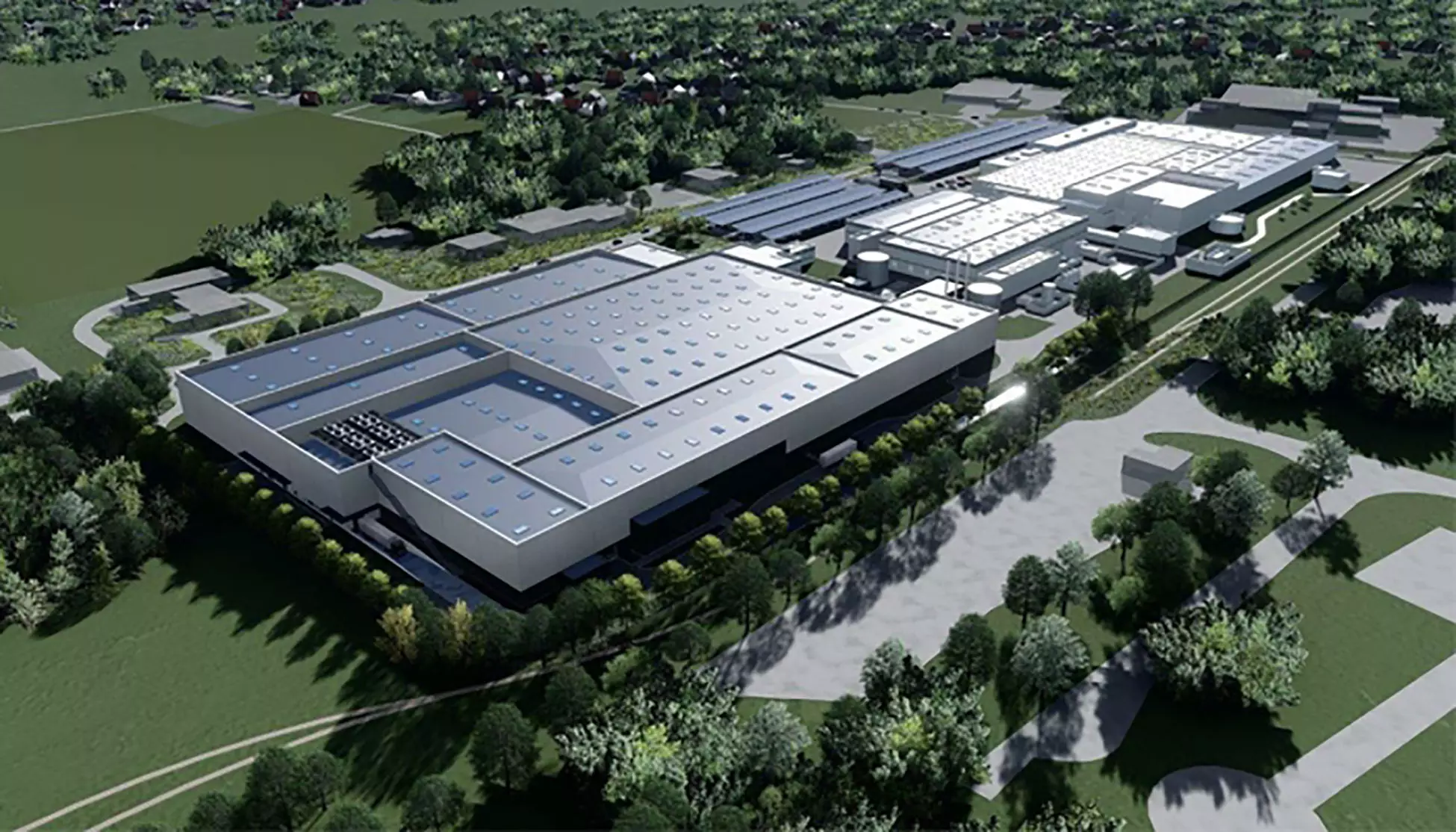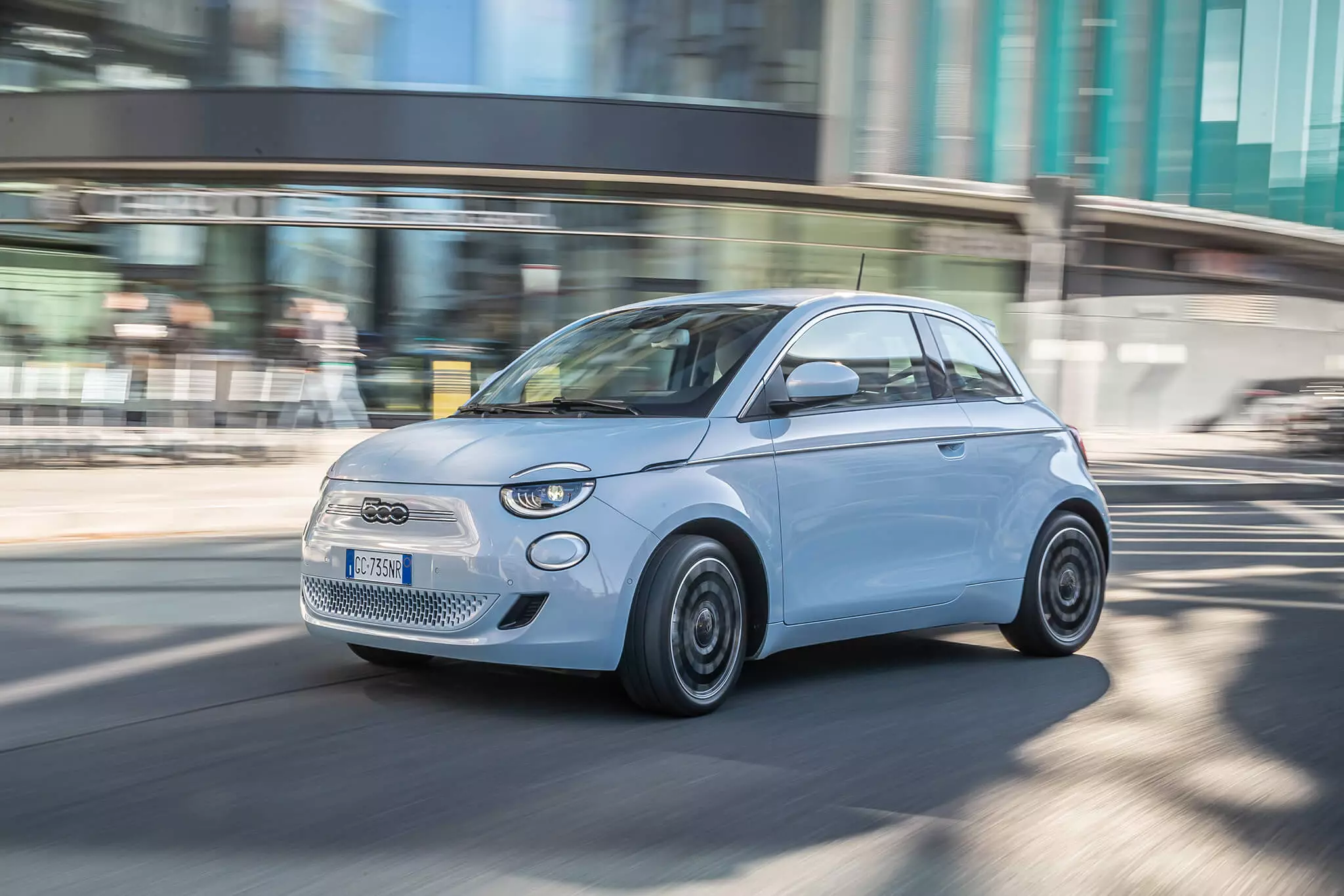THE Stellantis has just revealed the first details of its electrification strategy for Europe and North America and promises four specific platforms for electrified vehicles and batteries for a range of more than 800 km.
The announcement was made by Carlos Tavares, executive director of the young company (resulting from the merger between FCA and Groupe PSA), during the first annual meeting of shareholders.
The group's global strategy will be fully disclosed by the end of the year and on July 8th, Carlos Tavares will reveal more details about the company's electrification strategy. But in the meantime, the manufacturer led by the Portuguese businessman already has its plans “towards electrification” well laid out and the basis of the electrical range very well defined.
Among the announcements now made, what stands out the most is the confirmation of four platforms for electric vehicles: eCMP (second generation), STLA Medium, STLA Large and STLA Frame.

For smaller cars, Stellantis will continue to use the well-known eCMP (it serves as the basis for models such as the Peugeot e-2008, the Peugeot e-208 or the Opel Corsa-e), but will present a second generation of this multi-platform energies (allows 100% electric motors) at the end of 2022, which will be used until 2026. At that time it will be replaced by a new platform STLA Small (segments A, B and C), whose estimated autonomy is greater than 500 km.
Right above, from mid 2023, the STLA Medium , intended for medium cars (segments C and D). This platform will replace our well-known EMP2, which at the moment only allows plug-in hybrid engines, and despite the new name, it is effectively the eVMP that Groupe PSA had already announced. It promises autonomy up to 700 km and the first model to use it will be the successor to the Peugeot 3008.
For larger vehicles (segments D and E), Stellantis will have, from mid 2023, a platform STLA Large , which promises to give models that derive autonomy of more than 800 km from it.
Finally, from 2024 onwards, the platform STLA Frame it will serve as the basis for larger SUVs and pick-ups from brands such as RAM. For this platform we can expect maximum autonomy of over 500 km.

Electrify, electrify and electrify...
The electrification path has long been defined for Stellantis and Carlos Tavares promises more than 400 000 electrified cars (plug-in hybrids and 100% electric) sold by the group as early as 2021.Tavares goes further and believes that by 2025, 38% of Stellantis' sales in Europe will be electrified vehicles — compared to an estimated 21% for this year — and that a 70% share will be reached by 2030.
Control the entire process
Carlos Tavares also announced that Stellantis wants to move forward in electrification in an efficient way, controlling the entire supply chain. According to Tavares, Stellantis will be able to control around 80% of the value of an electric vehicle, a number that represents “more than we currently control with vehicles with an internal combustion engine,” he said, quoted by Automotive News.

This will be possible thanks to internally introduced dynamics and joint ventures with Nidec, for electric motors, and with Total-Saft. The relationship with the latter resulted in the Automotive Cells Company, which will have two battery factories in Europe with a production potential of 32 GWh (each) in 2030.
However, during Carlos Tavares' most recent announcement, the Portuguese revealed that Stellantis will have access to “at least 130 gWh of battery production capacity between Europe and the US; number that will increase to 250 gWh by 2030”.
Tavares did not reveal how this number will be reached, but he left the idea in the air that Stellantis is “moving quickly in the United States with projects to be announced soon” and that there are more “conversations in progress” in Europe.

What about CO2 targets?
Tavares also addressed the issue of CO2 targets that need to be met and the high costs involved in not achieving them. But for the Portuguese, the broad strategy of electrification of Stellantis now unveiled will allow the group to comply with the required numbers and avoid high fines.
Remember that in recent years the FCA has spent hundreds of millions of euros buying regulatory credits in the United States of America and Europe to avoid fines for non-compliance with CO2 levels.
According to Giorgio Fossati, Stellantis' General Counsel, between 2018 and 2020 the FCA spent 1500 million euros on emission credits, 700 million of which in 2020. Still, Fossati revealed that Stellantis will be in a position to meet its targets of CO2 in Europe in 2021, without having to make agreements with other manufacturers.
Source: Automotive News.
